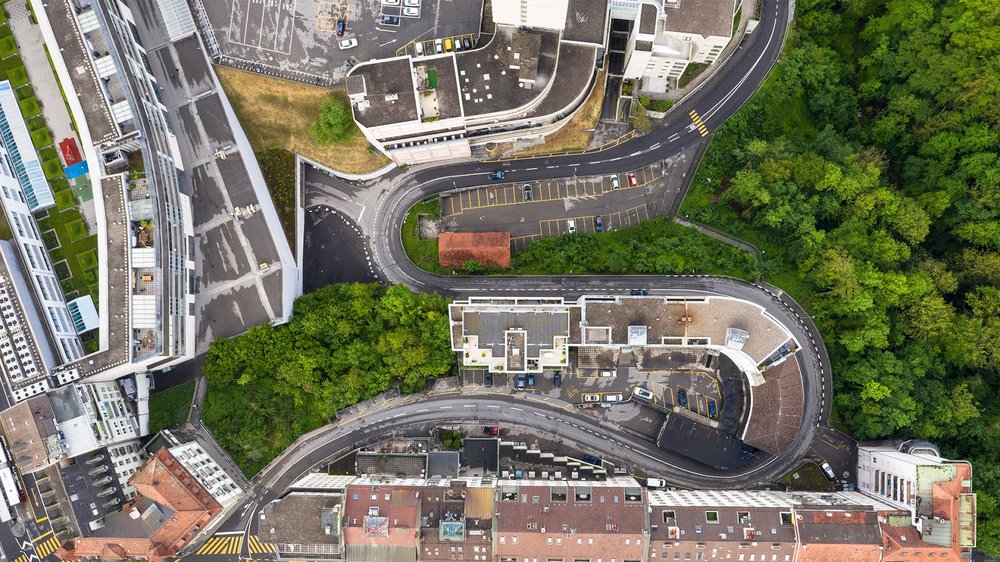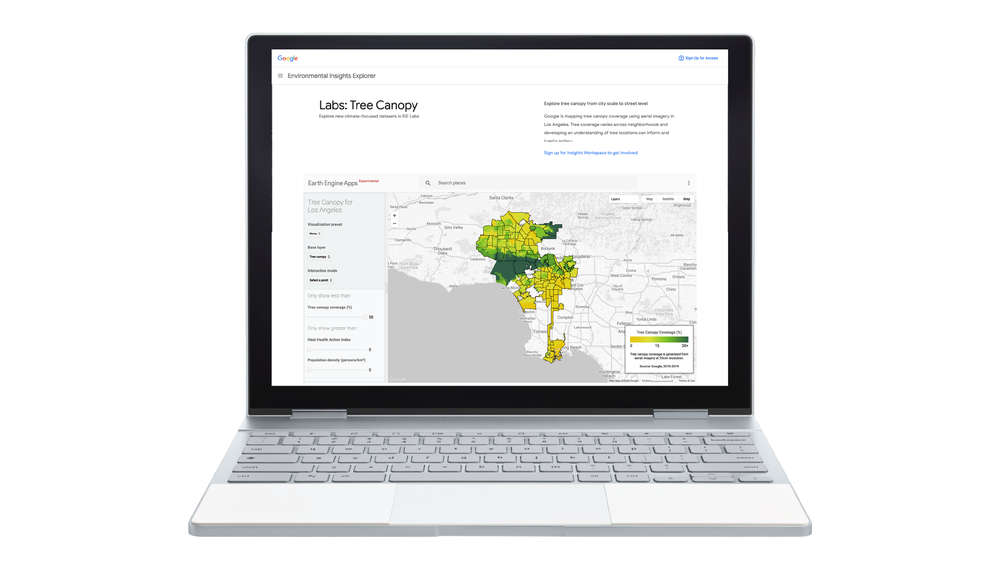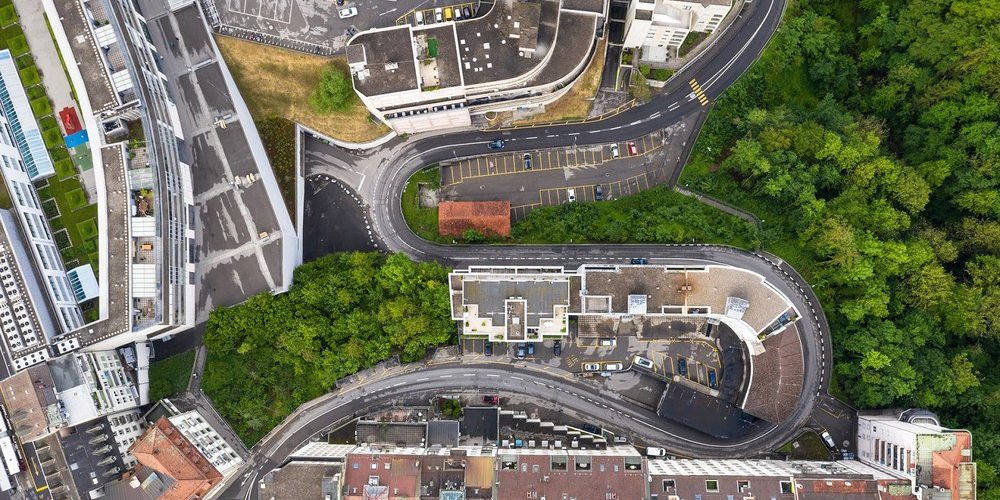
Tree Canopy Lab was developed by Google as a tool that maps good places to plant trees and supports tree planting planning.
As global warming progresses, the likelihood of many people losing their health or suffering from heat stroke is increasing in urban areas affected by the heat island phenomenon. Trees planted in street trees and parks are important to alleviate this urban heat. Tree Canopy Lab is a tool that allows Google to automatically identify good places to plant trees that will support urban designers and water efficiency.
Cities tend to get trapped in heat due to increased concrete paved roads and buildings, resulting in higher temperatures than in suburbs. Cities with less green are also at greater risk of heat stroke from heatstroke than in suburbs, so mitigating the effects of global warming is also important from a public health perspective.
Street trees and park trees protect people and buildings outdoors from direct sunlight and help cool metropolitan temperatures to cool down by releasing heat as moisture evaporates. The U.S. Environmental Protection Agency says urban trees can reduce summer maximum temperatures by up to 5 degrees.

Policy makers and city dwellers understand the importance of drinking water. However, it takes a lot of money to go to the site and investigate where to plant the tree. That’s why Google has developed a tool that combines aerial photography and AI to discover city trees and tell them where to plant trees.
In the existing method, each city block had to be mapped by dispatching manpower to the site to know the tree situation. However, if you use Tree Canopy Lab, Google AI can check the canopy that covers the city based on aerial photographs taken in spring, summer and autumn, and automatically know how many trees exist in various places in the city. In addition, it is possible to build an interactive map by combining it with additional data on locations that are more susceptible to high temperatures, such as dense buildings.
In fact, Google piloted the tool in Los Angeles to investigate the placement of trees in urban areas and high risk of heat waves. As a result, more than half of the residents of Los Angeles live in locations with less than 10% tree coverage in the neighborhood. This is below the city average by more than 10%. Another 44% say they live in areas where the risk of heat waves is extremely high.

Los Angeles City officials have set a goal of planting 90,000 trees by the end of 2021 and continuing to plant 20,000 trees annually. That’s why drinking water is not simply found in empty spaces, but is important to create shade to beautify nearby areas, improve air quality, reduce road temperatures, and achieve social, economic and environmental equality.
The tree canopy lab’s approach using AI and aerial photography could allow drinking water to be placed in more effective areas. In LA, areas with few crowns tended to overlap with areas with insufficient urban services. Investing in these areas may lead to community strengthening. The City Forest Officer in Los Angeles said that the tree canopy lab data will help determine where the actual afforestation needs are beyond expectations, and that it is good that it can improve the environment in the future. Related information can be found here .


















Add comment